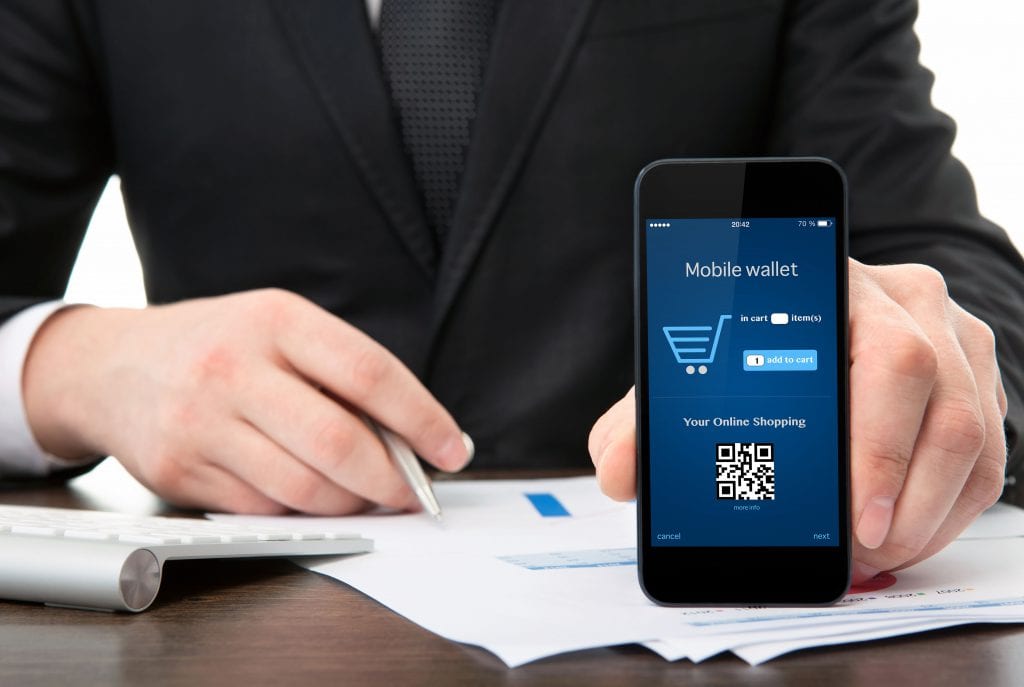Most payments today are made with either cash or some form of payment card, be it credit, debit, or prepaid. In addition to cards and cash, mobile phones have become payment devices with the advent of Quick Response (QR) codes, bar codes, and Near Field Communication (NFC) chips that enable contactless payments. The next evolution for payments may take the form of watches, wristbands, rings, and other wearable devices that carry embedded contactless chips.
At first glance, wearable payments may seem redundant in the face of all the other payments options available, but there are still places that wallets, even mobile ones, don’t go, at least with ease. Companies are turning to wearable devices to provide payments tools that eliminate the need for cards, provide a better customer experience, or extend the capacities of their current products.
To be effective, wearable payment devices depend on contactless acceptance at the point of sale. With the arrival of EMV terminals over the coming months, merchants’ ability to accept contactless payments will grow. This means that we are at the beginning of a growth opportunity stage for wearable payment devices. Tapping a ring or wristband would be a much simpler motion than reaching into a pocket, pulling out a wallet, selecting a card, withdrawing a card, tapping the card, replacing the card in a wallet, and replacing the wallet in a pocket.
This Mercator Advisory Group research sponsored by Discover Financial Services examines examples of how wearable payments are benefiting providers and users alike.
